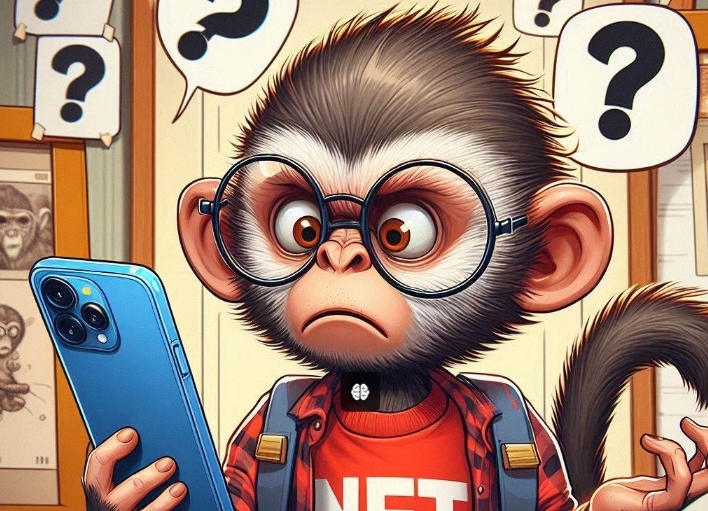The surge of Non-Fungible Tokens (NFTs) has sparked a heated debate within the art community and beyond, with critics likening it to historical market bubbles like the infamous tulip mania. Here’s a closer look at the arguments and perspectives surrounding NFT skepticism:
Understanding the Criticism Comparisons to Tulip Mania: Critics argue that NFTs resemble historical speculative bubbles, such as the 17th-century tulip craze, where prices soared irrationally before collapsing. They question the intrinsic value and longevity of digital assets traded as NFTs.
Market Volatility and Speculation Speculative Nature: The speculative nature of NFT markets raises concerns about price volatility and investment risks. Fluctuations in NFT prices can be influenced by hype, celebrity endorsements, and market speculation rather than intrinsic artistic value.
Accessibility and Inclusivity Democratization of Art: Proponents of NFTs highlight their role in democratizing art ownership, allowing digital creators to monetize their work and engage global audiences. NFTs provide a platform for artists outside traditional art markets to showcase and sell their creations.
Technological Innovation Blockchain Technology: Supporters argue that blockchain technology underlying NFTs offers transparency, security, and decentralized ownership. NFTs provide verifiable proof of ownership and authenticity, addressing concerns about digital piracy and intellectual property rights.
Cultural and Artistic Expression Emerging Art Forms: NFTs enable new forms of artistic expression, from digital paintings and animations to virtual reality experiences. They challenge traditional notions of art mediums and expand creative possibilities in the digital age.
Navigating the Future of NFTs While NFTs have garnered attention and controversy, their long-term impact on the art market remains uncertain. Whether seen as a speculative trend or a transformative innovation, understanding the complexities and implications of NFTs is crucial for artists, collectors, and investors navigating the evolving digital landscape.
As debates continue and technologies evolve, the future of NFTs will likely hinge on regulatory developments, market maturity, and evolving consumer behaviors. Whether NFTs prove to be a passing craze or a lasting innovation, their influence on digital art and ownership underscores the dynamic nature of creativity and commerce in the 21st century.
